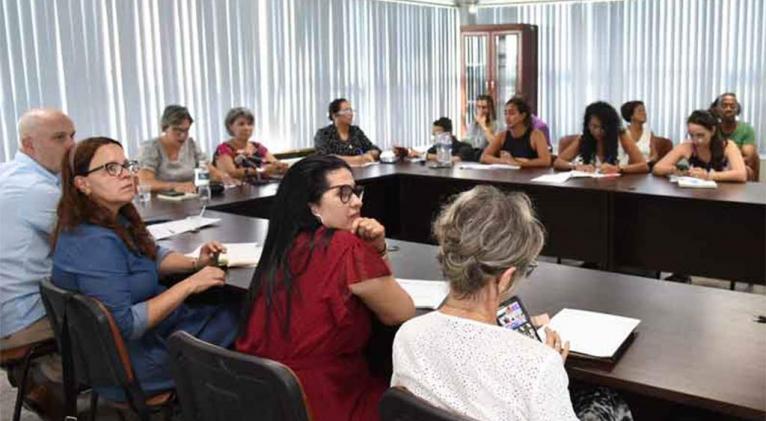Cuba Narrows Gender Gap in Local Governments
especiales

The disparity between women and men in holding seats in local governments continues to decrease, according to the latest update from the Cuban Gender Equality Observatory (OCIG).
During a press conference, specialists from the National Office of Statistics and Information (ONEI) and the Federation of Cuban Women (FMC), which manage the digital platform, reported that the gender gap dropped from 29 points in 2018 to 11.6 points in 2024.
The most recent municipal electoral process showed that 44.2 percent of delegates to the Municipal Assemblies of People's Power are women, while men account for 55.8 percent, based on data available at www.genero.onei.gob.cu.
In contrast, the National Assembly of People's Power now has a female majority, with 55.7 percent of parliamentary seats held by women, according to the results of the 2022-2023 electoral process.
This increase marks a significant shift from 1981, when men held 77 percent of parliamentary positions compared to 23 percent for women.
The report presented Tuesday by OCIG highlights progress and ongoing challenges in 21 of the 33 indicators tracked. These reflect Cuba's efforts in key areas for gender equity and the development of more effective public policies.
Anays Montequín, a specialist from ONEI, explained that the platform now features a renewed interface with population data updated through 2024, along with provincial and municipal dashboards that trace demographic trends across Cuba since 2013.
The website also offers detailed information on the National Program for the Advancement of Women (PAM), and includes statistics in critical areas such as economic empowerment, media, education, prevention, and social work.
Additionally, it evaluates access to decision-making, legislative and rights frameworks, anti-discrimination and violence protection systems, sexual and reproductive health, and research related to gender equality.














Add new comment